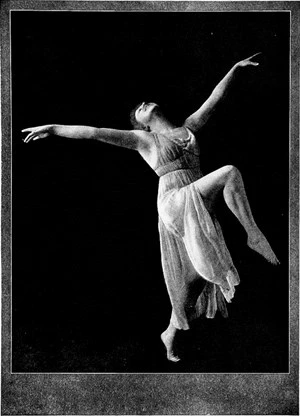 Gotta know 'em. Wikipedia is happy to help.
Gotta know 'em. Wikipedia is happy to help.
It's helpful to draw out a little grid with the whole gang of mood swings: MDD (big down), Dysthymia (medium down, 2+ years), Bipolar I (big up), Bipolar II (medium up), Cyclothymia (medium swings). If you've done a chart you'd like to share, send it on over, I'll post it: socialworkprep [at] gmail.com.
Bipolar I, Bipolar II, and Cyclothymia are characterized by distinct patterns of mood swings. Here are the key differences between them:
Bipolar I Disorder:
Bipolar I is the more severe form of bipolar disorder.
It involves at least one manic episode, which is a period of intense and elevated mood lasting for at least one week. During a manic episode, individuals may experience increased energy, grandiosity, reduced need for sleep, impulsivity, and risky behaviors.
Depressive episodes may also occur in individuals with Bipolar I, but they are no longer necessary for the diagnosis.
The mood swings in Bipolar I can be severe and can require hospitalization.
Bipolar II Disorder:
Bipolar II is considered less severe than Bipolar I but can still significantly impact an individual's life.
It involves at least one major depressive episode and at least one hypomanic episode.
Hypomania is a milder form of mania, with similar symptoms but of lesser intensity.
Individuals with Bipolar II do not experience full-blown manic episodes, which means they are less likely to require hospitalization.
Cyclothymia (Cyclothymic Disorder):
Cyclothymia is a milder form of bipolar disorder and is often referred to as a "mood disorder on the milder spectrum."
It involves chronic mood instability with numerous periods of hypomanic and depressive symptoms, not as severe as in Bipolar I or Bipolar II.
The mood swings in Cyclothymia are less intense and do not meet the criteria for manic or major depressive episodes.
Despite being milder, Cyclothymia can still impact daily functioning and quality of life.
The key differences lie in the severity and nature of mood swings. Bipolar I is characterized by at least one manic episode, Bipolar II involves hypomanic and major depressive episodes, and Cyclothymia is marked by chronic mood instability with milder fluctuations in mood. Accurate diagnosis and appropriate treatment are essential for managing these conditions effectively.
May 12, 2009
Categories :

 Gotta know 'em. Wikipedia is
Gotta know 'em. Wikipedia is